Technical Description on Win32/Filecoder.NNO
Win32/Filecoder.NNO is a kind of file-encoder Trojan virus which is also known as '.dian File Extension Ransomware' or 'Dcry Ransomware' as well. It is especially designed to carry out a typical file encryption attack. Such type of dangerous Trojans are used to extort system users by encoding their valuable files and then demands a ransom payment in order to be equipped with a decryption tool. Malicious attacks like this one are becoming common increasingly so that the system users should take preemptive steps to ensure that their important data is protected from such noxious threats. When Win32/Filecoder.NNO enciphers a computer file, you can easily recognized those files, because the enciphered file name will be appended with a weird file extension.
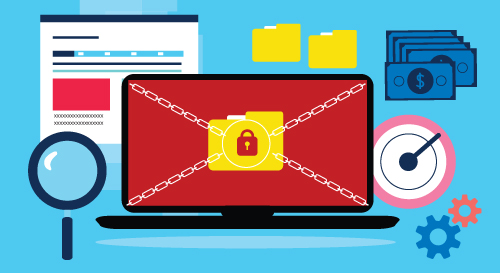
Moreover, the malicious executable file used by this Trojan is reported as 'ile.exe' and it is delivered using spam email campaigns. These junk emails will include a nasty file attachment, which may take the form of a harmful MS Word file. The malicious file associated with Win32/Filecoder.NNO in spam emails uses Macro Scripts in order to download and install malware onto your machine. Whenever the targeted system users open the file attached to junk email and allows macros to run, the Trojan will be installed and begins its hazardous attack onto the victim's machine immediately. Besides, it uses strong file encryption algorithm to take over the computer files. It mainly uses AES and RSA encryption algorithm to make the affected files inaccessible and unusable for the victimized PC users.
Win32/Filecoder.NNO Trojan Infection Process
Unfortunately, once the Win32/Filecoder.NNO virus encodes the system files, they will not be retrievable with the help current technology, until they got decryption utility which the criminal hackers hold in their possession. Such Trojan infections are especially programmed to target the user-generated files and allowing the Windows OS to continue working so that the user can carry out a ransom payment. It will search for the specific file extension in its vicious attack to encode them and force the victim's to pay ransom money. Once the computer file has been enciphered and marked, it will not be longer accessible and will appear in Windows Explorer as an empty icon because it will no recognizable. However, you should never contact the hackers and try to pay the ransom fee, because it will boost the moral of threat actors. Instead, just remove Win32/Filecoder.NNO from your machine as soon as possible.
Free Scan your Windows PC to detect Win32/Filecoder.NNO
Remove Win32/Filecoder.NNO From Your PC
Step 1: Remove Win32/Filecoder.NNO in Safe Mode with Command Prompt
- First of all disconnect your PC with network connection.
- Click restart button and keep pressing F8 key regularly while system restart.

- You will see “Windows Advanced Options Menu” on your computer screen.
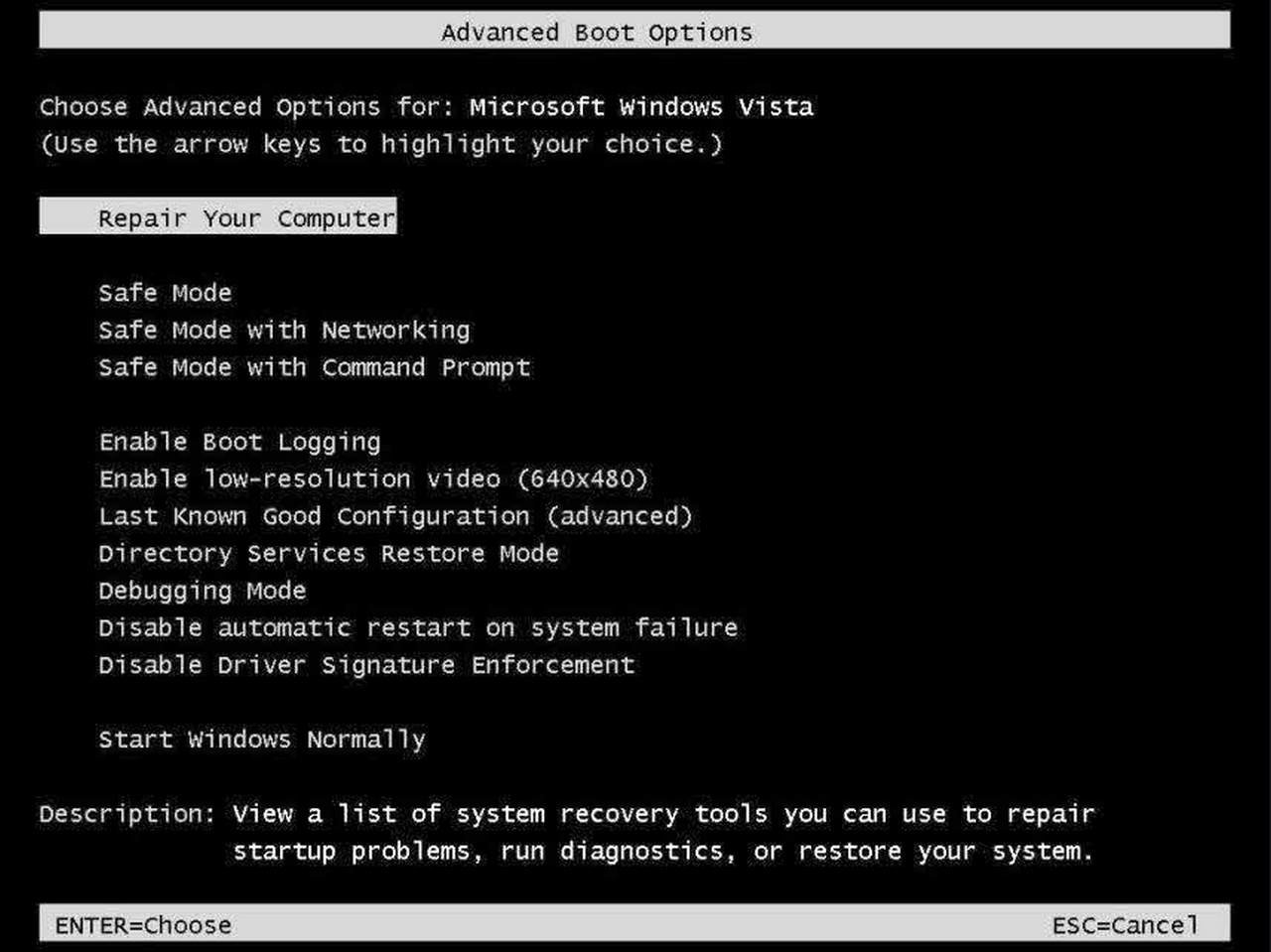
- Select “Safe Mode with Command Prompt” and press Enter key.
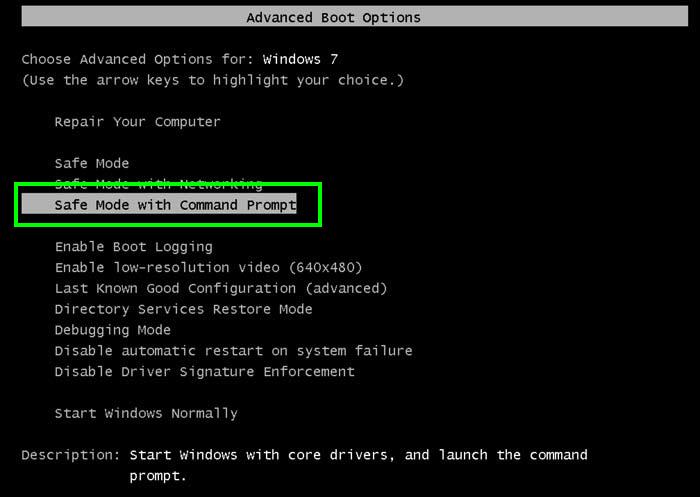
- You must login your computer with Administrator account for full privilege.
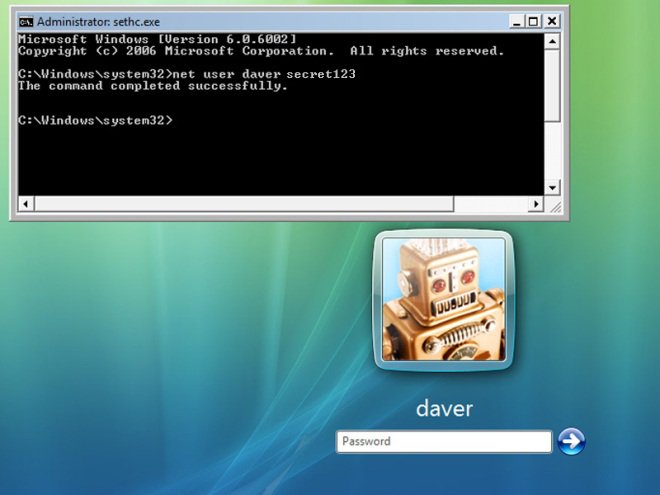
- Once the Command Prompt appears then type rstrui.exe and press Enter
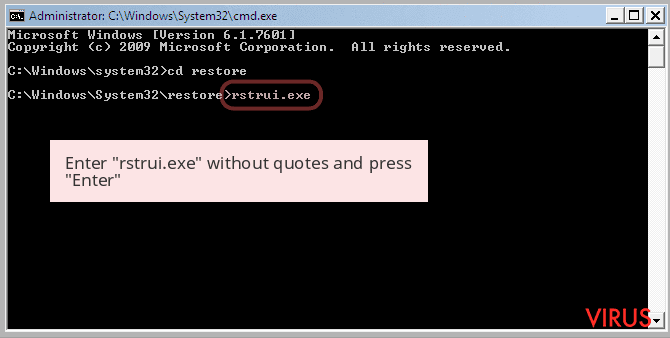
- Now follow the prompts on your screen to complete system restore.
Step 2: Remove Win32/Filecoder.NNO using MSConfig in Safe Mode:
- Power off your computer and restart again.
- While booting press the “F8 key” continuously to open “Windows Advanced Options Menu”.

- Use the arrow keys to select “Safe Mode” option and press Enter key.

- Once system get started go to Start menu. Type “msconfig” in the search box and launch the application.
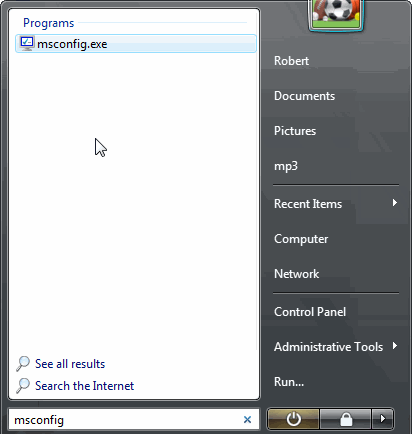
- Go to the Startup tab and look for files from %AppData% or %Temp% folders using rundll32.exe. See an example below:
C:\Windows\System32\rundll32.exe C:\Users\username\appdata\local\temp\regepqzf.dll,H1N1
- Disable all the malicious entries and save the changes.
- Now restart your computer normally.
Step 3 : Kill Malicious Process Related To Win32/Filecoder.NNO
- Press Alt+Ctrl+Del buttons together.

- It will open the Task manager on your screen.
- Go to Process Tab and find Win32/Filecoder.NNO related process.
- Click the End Process Now button to stop the running process.
Step 4 : Remove Win32/Filecoder.NNO Virus From Registry Entry
- Press “Windows + R” key together to open Run Box.

- Type “regedit” and click OK button.

- Find and remove Win32/Filecoder.NNO related entries.
HKEY_LOCAL_MACHINE\SOFTWARE\Microsoft\Windows\CurrentVersion\Run
HKEY_LOCAL_MACHINE\SOFTWARE\Microsoft\Windows\CurrentVersion\RunOnce
HKEY_LOCAL_MACHINE\SOFTWARE\Microsoft\Windows\CurrentVersion\RunOnceEx
HKEY_LOCAL_MACHINE\SOFTWARE\Microsoft\Windows\CurrentVersion\RunServices
HKEY_LOCAL_MACHINE\SOFTWARE\Microsoft\Windows\CurrentVersion\RunServicesOnce
HKEY_LOCAL_MACHINE\SOFTWARE\Microsoft\Windows\CurrentVersion\Policies\Explorer\Run
HKEY_CURRENT_USER\Software\Microsoft\Windows\CurrentVersion\Run
HKEY_CURRENT_USER\Software\Microsoft\Windows\CurrentVersion\Runonce
HKEY_CURRENT_USER\Software\Microsoft\Windows\CurrentVersion\RunServices
HKEY_CURRENT_USER\Software\Microsoft\Windows\CurrentVersion\RunServicesOnce
HKEY_CURRENT_USER\Software\Microsoft\Windows\CurrentVersion\Policies\Explorer\Run
Now hopefully you have completely removed the Win32/Filecoder.NNO virus from your computer. If you are still get ransom message from the threat or unable to access your files, then it means that virus still remain into your computer. In such situation you don’t have any other option except removing this virus using any powerful malware removal tool.
Whereas if you have any backup of your infected or encrypted files, then you can also reinstall your Windows OS. This will erase all your files and data as along with the Win32/Filecoder.NNO infection. You will get a completely empty computer system with no files. Now you can use your backup to get your files. If you don’t have any backup then using malware removal tool is a better option for you.
If you have any query or question regarding your computer, then you can easily ask your problem to our experts. Go to the Ask Any Question page and get the answer for your query directly from out experts.




